Do you want to know the world's oldest criminal organization in depth? Then discover the ancient world of the Yakuza: the Japanese mafia.
The Japanese mafia (Yakuza) is a criminal organization that plagues the Japanese archipelago. Members of Yakuza clans are identifiable through the Irezumi. This is a traditional tattooing method. In Japan, there are three main families of yakuza namely Yamaguchi-gumi, Sumiyoshi-kai and Inagawa-kai.
Along with the Italian mafia and the Chinese triad, the Japanese mafia is one of the most dangerous in the world. Unlike the first two mafia organizations, which remain secretive, the yakuza are well known to law enforcement. The Yakuza even have to declare themselves, they have business cards and premises like a real company...
If you want to find out the basics about this organized crime of the Japanese archipelago, then you are in the right place. In this article, you will discover:
- The etymology of the name "Yakuza"
- The controversial origin of the yakuza
- The hierarchical organization of the yakuza
- The largest yakuza family: Yamaguchi-gumi
- The traditional rites and code of honor of the yakuza
- The main activities of the Japanese mafia
- The existential relationship between the bosozoku and the yakuza
- The influence of the Japanese mafia in popular culture
Ready to take a little tour through the dark alleys of Tokyo, Osaka or even Kobe? Then let's go (レッツゴー)
Yakuza meaning

It is during the period of the Tokugawa Shogunate that the first origins of this Nipponese mafia are traced. The name comes from a Japanese card game called Oicho-Kabu. During the game, when you get a number series of 8-9-3 = 20, you get a score of 0.
This is a losing combination in the game, implying that the Yakuzas are losers, outcasts of society. In a simple way:
- "Ya": comes from the word "Yattsu" which means "eight" (you can also use "Hachi")
- "Ku": means "nine," although the word "Kyu" is also used
- "Za": no doubt it is a distortion of the word "San" meaning "three"
This Japanese term was also used to name the role of lookout (chair role). Indeed, the police officers were required to enter Shinto shrines in order to flush out gamblers. At the entrance was a lookout sitting on a chair ("role" for Yaku and "of the chair" for Za).
Yakuza origin
 Yakuza history and origin: illustration by Seung Eun Kim
Yakuza history and origin: illustration by Seung Eun Kim
Although this mafia originated in the land of the rising sun, its history continues to raise many questions about the origin of its members.
The first appearance of the yakuza in the Edo era
Historical facts date the appearance of the yakuza to around the 8th century, as descendants of the Kabuki-mono. They were samurai who worked under the shogun during the Tokugawa era. The establishment of the "Tokugawa Pax" led to these men becoming unemployed, which led them to become criminals.
They committed all sorts of atrocities among the Japanese people and were known for their extravagance and swordplay. However, no written source provides concrete evidence that asserts a relationship between the yakuza and these criminals. The yakuza claim on their own, that they would be direct descendants of the Machi-Yakko (city servants) group.
To defend themselves against the exactions committed by these fallen ronins (masterless samurai), some would have formed a group of vigilantes. It is moreover from these defenders of the widow and the orphan, that the yakuzas draw their custom (yubitsume and irezumi). From then on, we distinguish two castes:
- Bakuto: still called "professional gamblers", these practiced in the city as self-appointed vigilantes of the people. They were also known to dominate in the "gambling" market. Incidentally, these games remain the most profitable activity among the yakuza
- Tekiya: they were found in the streets where these were street vendors who sold many things, but at low prices
The history of a famous bakuto: Shimizu No Jirocho
If we have to mention one illustrious name that represents the bakuto group, it is Shimizu (1829-1893). He is a true icon of Japanese history, the robin hood of the archipelago nippon. He was the boss of a battalion of 500 people, according to some chronicles.
He reigned supreme on the Tokaido Road, in the absence of a competent police institution. He defended the population against the misdeeds of kabuki-mono. During the civil war years dating back to the nineteenth century, Shimizu had been forced to make a political choice.
Between maintaining the shogunate and establishing the emperor, Shimizu's choice was to install imperial power. An excellent bet, since his crimes were pardoned which forged his legend. According to the American media, however, Shimizu was merely a criminal disguised who ruled his lands with an oppressive hand.
Yakuza hierarchical organization
 The Yakuza Japanese mafia: illustration by Seung Eun Kim
The Yakuza Japanese mafia: illustration by Seung Eun Kim
The Yakuza are made up entirely of men. Women are not very visible, operating only in shadow support (mainly in entertainment venues). The clans yakuzas recruit their men directly from the burakumin community or else from Koreans.
The hierarchical structure of the Japanese mafia is quite similar to that of the Sicilian mafia. It is pyramidal and familial. A distinction is made:
- Oyabun: also called kumicho, it is the similar of the "godfather". Like feudal power, it is a hereditary title that goes from father to son. Any member who joins the yakuza, agrees to be a protected child (kobun), then swears loyalty and obedience to the oyabun. Both are subject to a moral code (jingi code) and the kobun can in turn become a sponsor, in order to expand the organization
- Saiko-komon: these are the advisors who mentor the father of the family. It is sort of an administrative position, where the manager has control over lawyers, treasurers, etc.
- Waka-gashira: located below the oyabun, this is the second in command of the family (a sort of right-hand man). He is under the direct orders of the patriarch and his main role is to manage executives, such as directors
- Shatei-gashira: in terms of authority, he is inferior to the waka-gashira. He acts as an intermediary between the number two in the clan, and the intermediate members
- Wakashu: this is the intermediate rank consisting of the kyodai (older brother) and just below the hierarchy, the shatei (younger brother). The junkōseiin is the apprentice of the family
The Yamaguchi-gumi, the largest yakuza family
 Artistic creation by: Sergey Zabelin
Artistic creation by: Sergey Zabelin
It was founded in 1915 by Harukichi Yamaguchi, and their main business revolved around shows and games. It is among the largest organizationscriminal on a global scale but also, the richest. On a statistical scale assessed in 2010, this family represents 44.4% of the yakuza present in Japan.
In the organized crime sector, the Yamaguchi-gumi earns several billion dollars a year from its illicit activities. We can mention arms and drug trafficking, prostitution, extortion, pornography.
Shinonu Tsukasa is the family's new oyabun, who rose to power in 2005 after Watanabe Yoshinori retired. In 2007, Tsukasa started an expansionist campaign in Tokyo where he set up his headquarters. The former headquarters, located in Kobe, is under the governance of the Kobe Yamaguchi-gumi, a secessionist group made up of the clans excluded Yamaguchi. Between the anti-yakuza laws becoming severe and its degraded image, the Yamaguchi-gumi is trying to endure.
Traditional rituals and the Yakuza code of honor
 Yakuza traditions, rituals and the bandit code
Yakuza traditions, rituals and the bandit code
To become part of a family, proving yourself is important. Also, nationality is not an essential factor since the Yamaguchi-gumi lists several nationalities. Thus, the only thing of value is love for tradition and the Yakuza family.
The Sakazuki or induction ceremony
Some criminal organizations have induction ceremonies for newcomers, and the yakuza are no exception. Sakazuki is an admission ceremony whose date is set according to the lunar calendar. After proving oneself for six months, a ceremony is held in a room consisting of a Shinto altar and a coffee table.
Participants wear kimonos, in this room where silence reigns supreme. The sponsor and the future member are seated face to face, then share a cup of sake before exchanging it. Here, the sake symbolizes the blood bond and the exchange of the cup, the loyalty of the new member.
Then the oyabun gives a speech about the yakuza code of honor as well as the principles of loyalty and obedience. The ritual ends when the silence is broken by the participants saying "Omedo Gozaimasu" together. When a yakuza returns the cup (Oyako Sakazuki) to his godfather, it means that he breaks his ties with the family.
The yakuza code of honor
The yakuza is subject to a code of honor (bushido) upon induction into the family. It is distinguished on nine points namely:
- Thou shall not injure the dignity or honor of an exemplary citizen
- Thou shall not take another's wife
- Thou shall not commit theft within the organization
- Thou shall not do drugs
- Thou shall show obedience to your superior
- You will accept to lose your life for the sake of the father or else, to do the jail for him
- Thou shall not tell anyone about the family
- Thou shall not say anything when you are in prison
- Thou shall not kill a Katagiri (a person who is not part of any yakuza clan, a civilian)
The tattoo ritual: the Irezumi
 Yakuza tattoo: hannya mask, oni mask, yokai demon from Japanese mythology
Yakuza tattoo: hannya mask, oni mask, yokai demon from Japanese mythology
This is the Nipponese ritual most practiced within the Yakuza community. It is an extremely painful process, performed in the traditional way with needles or stainless steel. It is also expensive, and it takes months or even years to complete fully.
Yakuzas are covered in it, and each clan has its own tattoo. This process comes from the tradition of bakuto or each member would tattoo a black circle to quantify his crimes. It became over time, a means of differentiation from other clans, but also a symbol of courage.
In fact, tattooing oneself in this way is an irreversible process. Although the law prohibits civilians from using it, some young people are getting outraged and making these tattoos, a fashion look.
The Yubitsume or the removal of the little finger
This is a traditional rite that is very important to the yakuza community. Indeed, when a yakuza violates the bushido, he must ask for forgiveness. This gesture of redemption is accompanied by a mutilation of the little finger, in order to offer it to the sponsor.
If despite this the yakuza persists in the error, he will repeat the ceremony by mutilating his other fingers. This punishment comes from the bakuto tradition, and few people can claim to have almost their entire finger. The yakuza keeps the mutilated finger in a chemical solution like a disinfectant, to remind himself of his mistakes.
The main criminal activities of the Japanese mafia
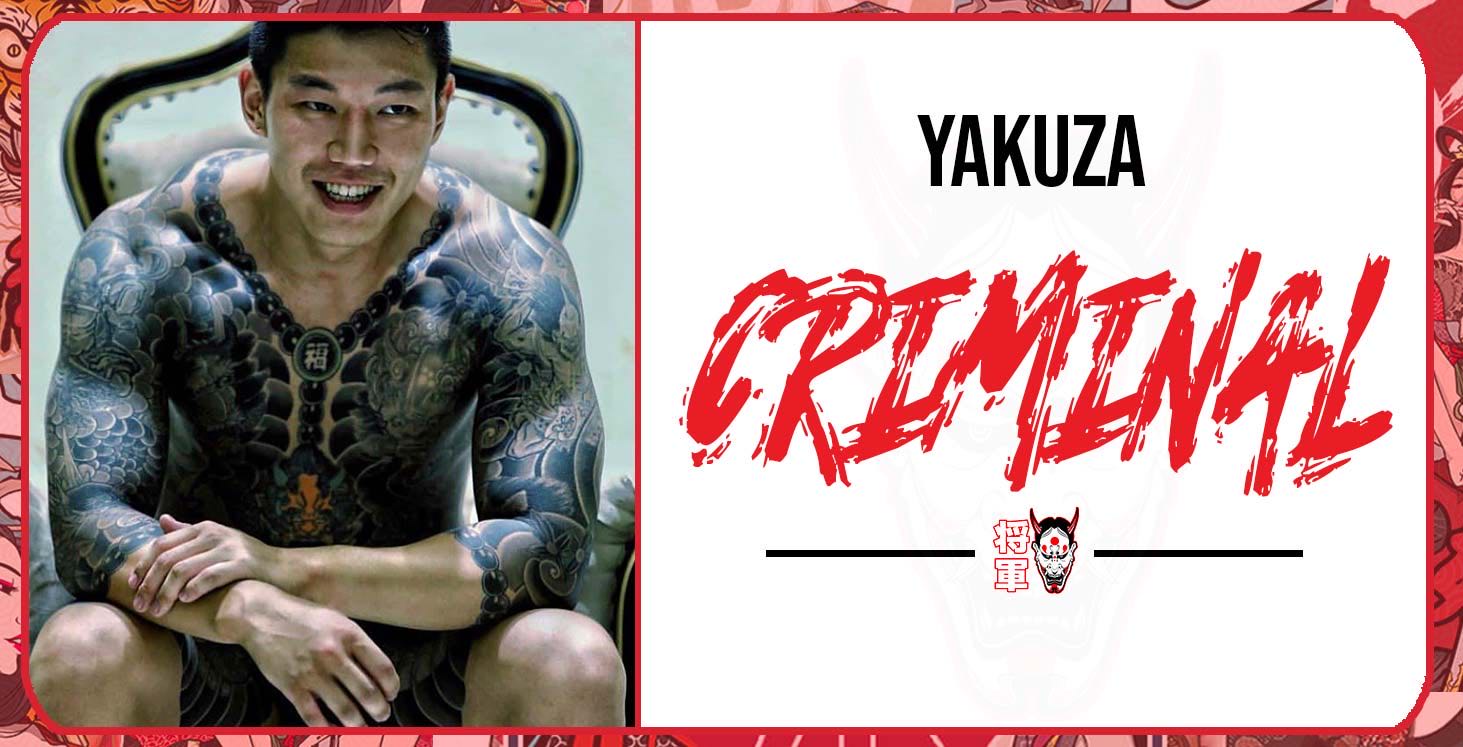 Japanese Yakuza: criminality
Japanese Yakuza: criminality
Most yakuza-related activities stem from the feudal era. The Japanese mafia is completely different from secret organizations such as the Italian mafias or the Chinese triads. Indeed, the offices of a yakuza family are clearly visible, with the name and symbol of belonging.
This act makes Japan, one of the only countries where the mafia is completely visible. Their offices are mostly legal associations and members have a dress code. This is in order to distinguish themselves from civilian katagiri.
Japanese extortion: sokaiya
The income of the yakuzas mainly comes from the tithes they collect from the companies in their territories. You can think of it as a kind of "tax" that Japanese companies pay to avoid problems. Others sell their services and get shares in a company, which turns them into "shareholders."
Yakuzas also practice blackmail to extort funds, after obtaining compromising information about the company or its leader. The Japanese police have also made a pact with the yakuza, which gives the organization semi-legitimacy. The police cannot initiate arrests on yakuza who have committed minor offenses such as a fight.
Japanese professional wrestling and gambling
Yakuzas are big fans of puroresu and MMA. The fighting venues where these sports take place, belong to them. They see a financial aspect to it, since they get income from the entries. The yakuza also engage in sumo or they organize rigged matches, buying the wrestler.
This is a very profitable business in Japan, and its origin dates back to the feudal era. The yakuza organize illegal betting on other sports including horse racing, auto racing, etc... They also have absolute control over pachinko halls but also casino halls.
Besides, pachinko is a very popular game in Japan and its turnover is extremely colossal. The Japanese archipelago has no less than 18,000 gaming halls, most of which are affiliated with the yakuza. This crime syndicate uses them to inflate their figures but also, to do money laundering.
The illicit trade
Among the major trafficking exercised by the yakuza are:
- Drug trafficking: This is one of the most profitable activities among the yakuza. They focus more on selling amphetamines (narcotics) which is their main market
- Arms trafficking: Japanese law is very strict about the possession of weapons, so the yakuza have developed a market in other Asian countries and the United States
- Illegal immigration: the yakuza are in the business of smuggling illegal immigrants into the archipelago. This traffic provides them with prostitutes as well as workers. Most of the prostitutes present on the Japanese archipelago come from other Asian countries
The existential relationship between the bosozoku and the yakuza
 Photography by vice.com
Photography by vice.com
In Japan, bosozoku refers to a group of young bikers who practice dangerous driving by making as much noise as possible. These gangsters are perceived by the Japanese police as "pseudo yakuza." Some members engage in crime, while others pay bails to the yakuza for protection.
The unprecedented alliance between the bosozoku and the yakuza is said to have led to the formation of an informal gang called the "Han-gure." These gangs are used by the yakuza as a major strike force, since they are not perceived as "harmful." Most of the gangs are made up of Chinese and Koreans who sometimes, integrate the yakuza community.
Some young bosozoku members travel to other Asian countries to conduct their activities. However, this alliance is frowned upon by the Japanese mafia, who point to this as a breach of their ethics.
The influence of the yakuza in popular culture
 Japanese Yakuza manga
Japanese Yakuza manga
Yakuza occupy a prominent place in society economically, but also as a force of order in their areas. They can be seen as a myth within Japanese culture. So much so that we see them in video games, manga, Japanese movies...Here are examples where we can see yakuzas:
- In the Gokusen franchise: created by Kozueko Morimoto, this manga was published by Shueisha. It is also an anime series and a drama. The heroine is Kumiko Yamaguchi, the heiress of a yakuza clan who sees her dream of teaching come true. She teaches math in a class of delinquents where each student has a complex personality
- In the movie My Boss, My Hero: this is a parody released in 2001. It's about an illiterate young clan leader who was expelled from school after missing a big deal because he couldn't count. He joins a high school dominated by the rival clan, he will discover the joy of being a high school student
- In the cult game Grand Theft Auto III: one of the Gangs in the town Staunton is called "Yakuza"
- In the video game Yandere Simulator: the yakuza help the main character with certain tasks
- In the video game series Yakuza: it features several adventures about the world of yakuza. These games are available on the PlayStation 2, PS3, PS4, Xbox One, Switch and Wii
- Yakuza eiga: it is a Japanese film genre that traces the life that the yakuza lead. Some European filmmakers have also engaged with the subject. Several film franchises have introduced yakuza in their movies, the latest of which is Takashi Miike's "First Love: The Last Yakuza," released in 2019 in the United States
- The movie Yakuza the Order of the Dragon: it is a Japanese Yakuza movie released in 2007 by Takashi Miike
The Yakuza, the world's oldest and most modern mafia
 The Yakuza in Japan: original illustration by Remi Delabaudiere
The Yakuza in Japan: original illustration by Remi Delabaudiere
We have seen that the Yakuza family is one of the largest organizations in the world, alongside the Italian mafia and the mafiaChina. The etymology of their name comes from a losing combination in a card game, dating back to the Tokugawa era. It is therefore an ancient organization that has endured through time and overcome adversity
The Yakuza follows a code of honor strict which has earned them such a reputation around the world. But make no mistake a yakuza is indeed a modern day gangster even if they are still subject to Japanese transitions like Yubitsume or Seppuku.



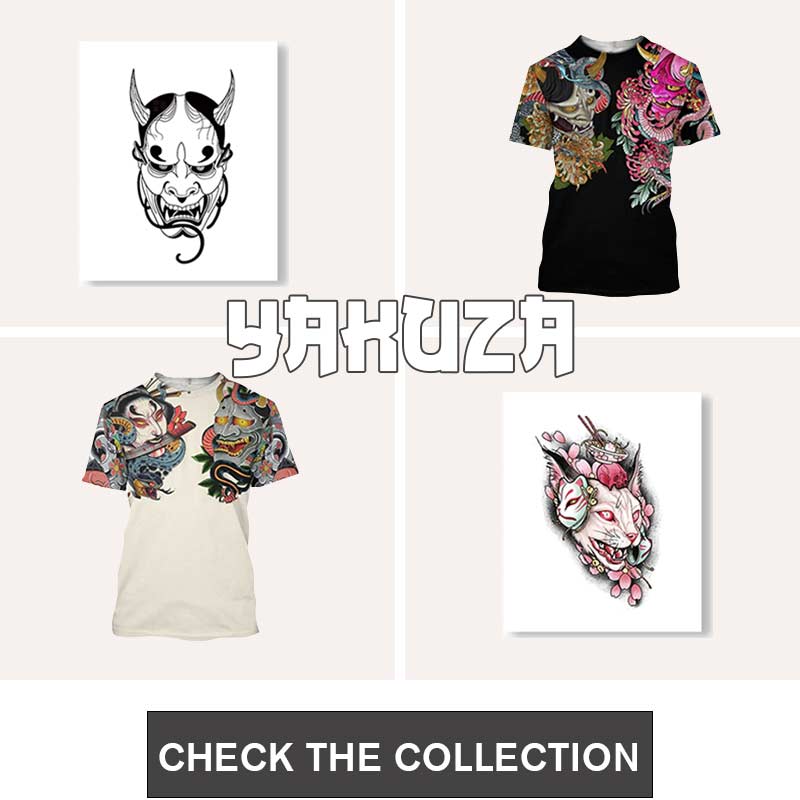
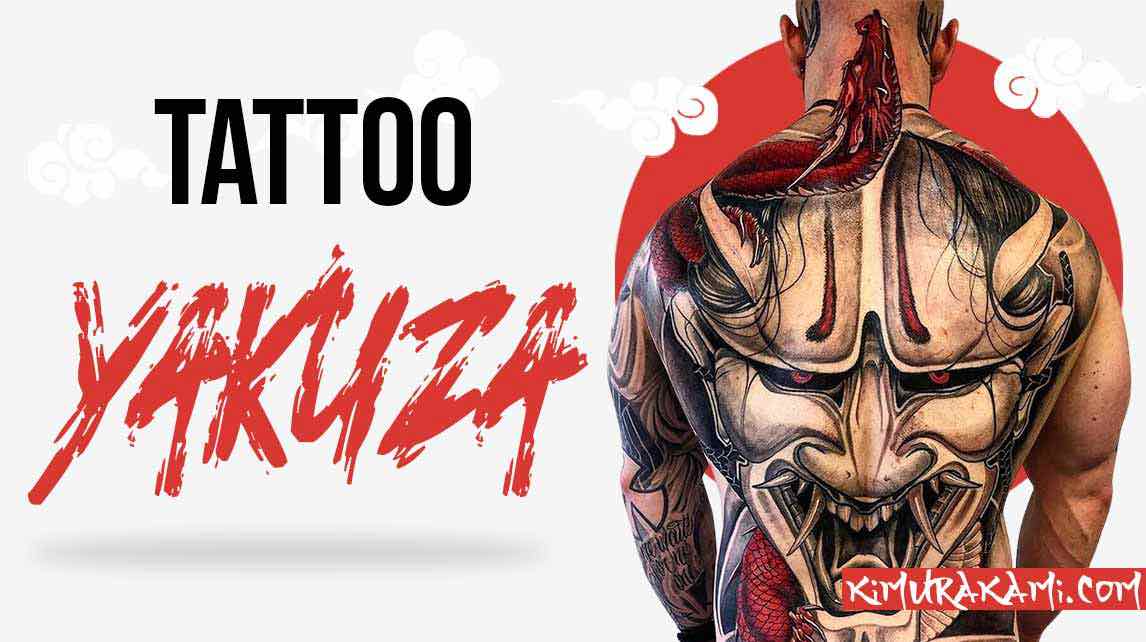
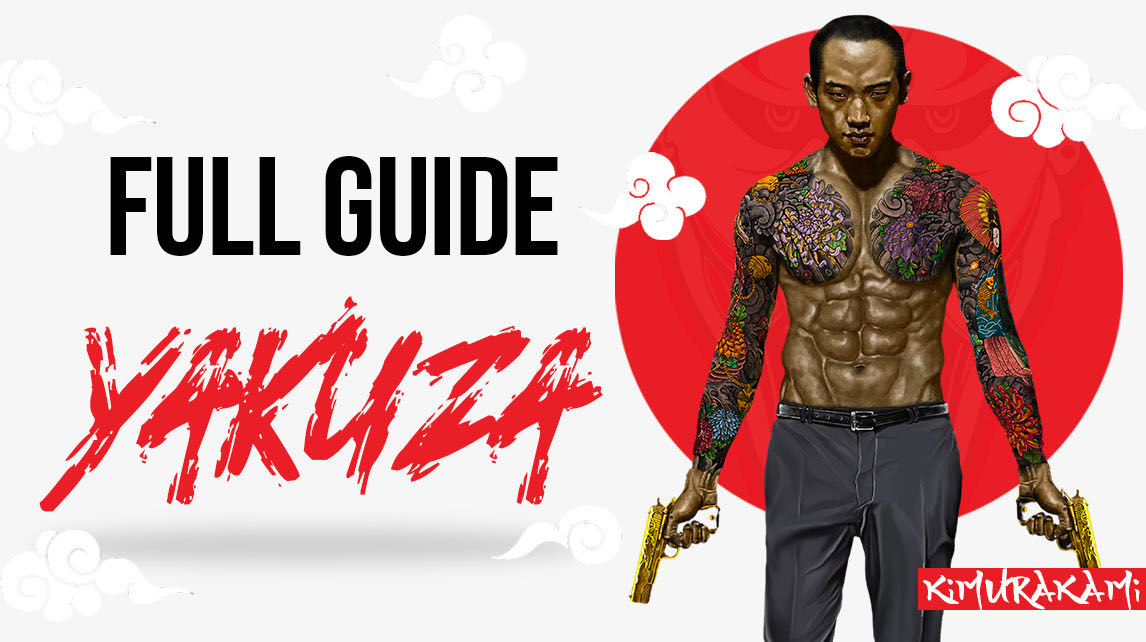
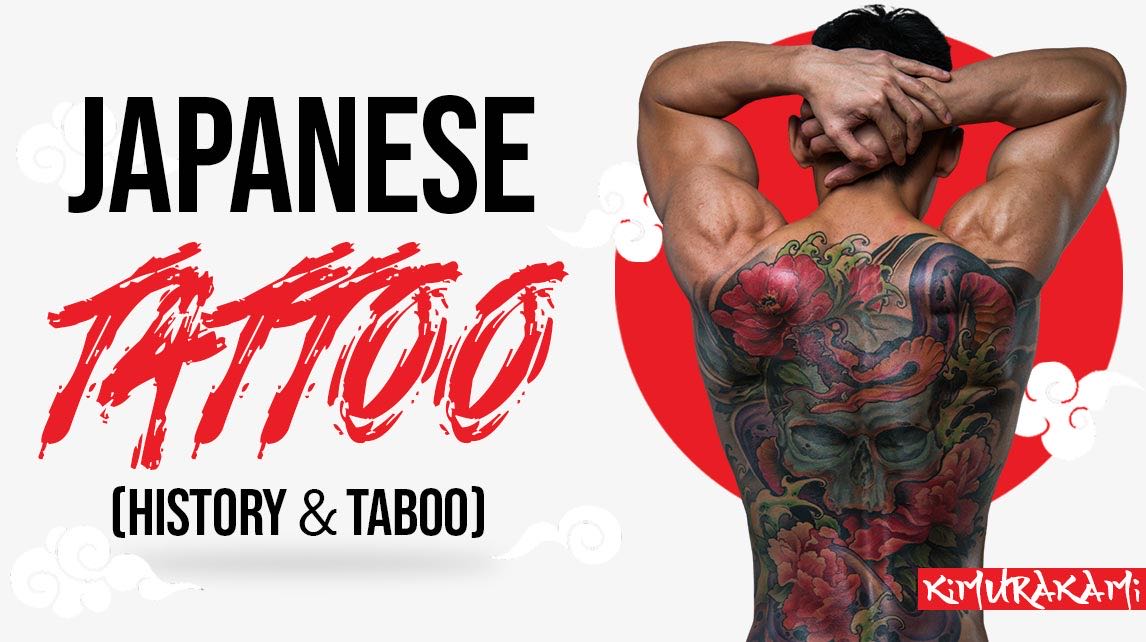
Leave a comment